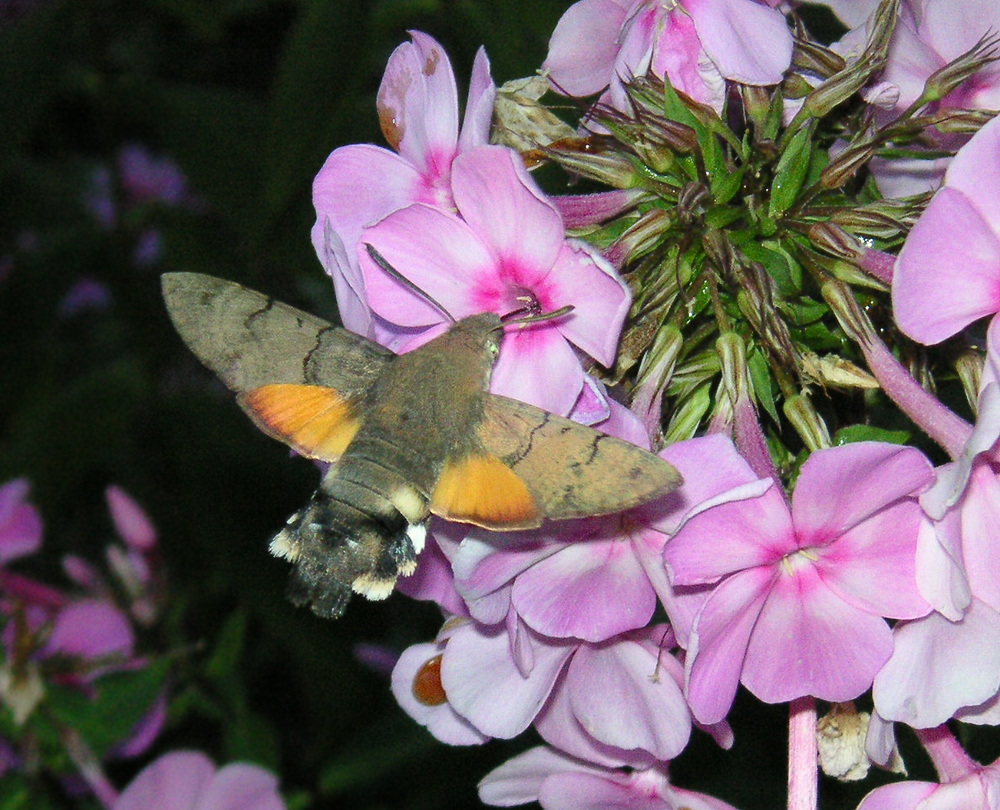
Part hummingbird, part moth and part…hawk?
The hummingbird hawk-moth seems to be taking inspirations from a few different parts of the animal kingdom, leading to one of the more bizarre-looking flying creatures on this planet.
With its ability to hover (along with the humming noise it emits as it does so) and a long feeding appendage, it is easy to mistake hummingbird hawk-moths for hummingbirds as they similarly hang around flowers, capable of flying in all directions like their namesake.
These are among the fastest flying insects, capable of reaching speeds of 12 miles per hour.

As part of the family Sphingidae, the hummingbird hawk-moth is part of a group of more than 1400 species with similar hummingbird-like characteristics. Only a few — the hummingbird hawk-moth and the white-lined sphinx — have the ability to hover for long periods of time.
The moth’s similarities to hummingbirds are a perfect example of what’s known as convergent evolution — when two distinct species develop similar evolutionary traits in response to similar environmental constraints.
Unlike the hummingbird, however, the hummingbird hawk moth doesn’t feed from a beak. Instead it relies on an appendage called a proboscis — measuring nearly the entire length of its body — which it keeps tightly coiled and tucked away when not feeding on the nectar of plants.
This particular species can be found in warmer climates from Portugal to Japan. However, there are several species of hummingbird moths from different families found in other areas of the world.
There are four species in North America and can be found throughout much of the U.S. Creatures of habit, hummingbird moths return to the same flower at the same time each day.
Watch the video below to learn more:




